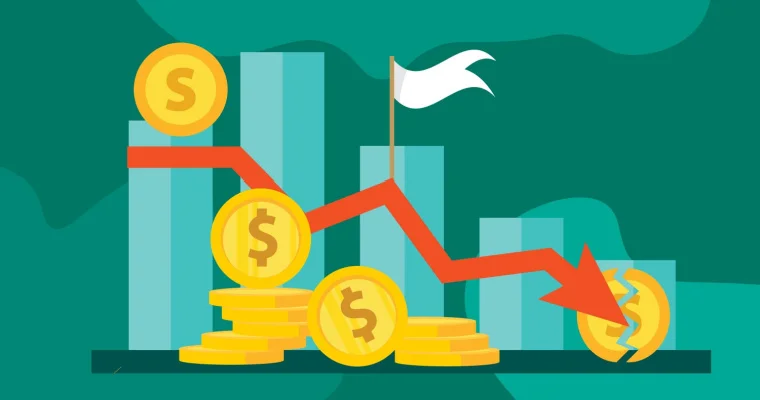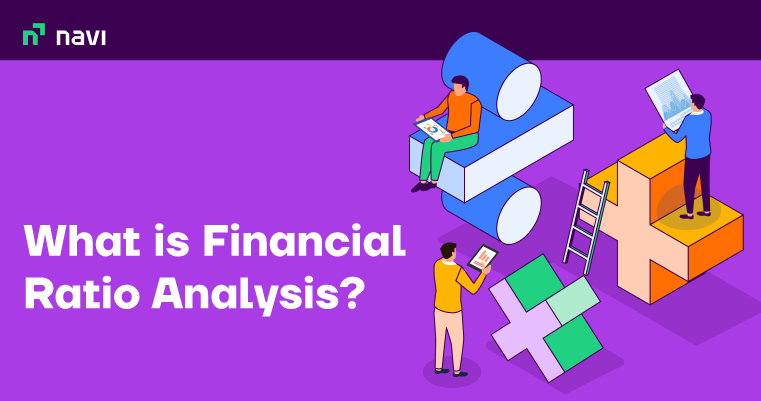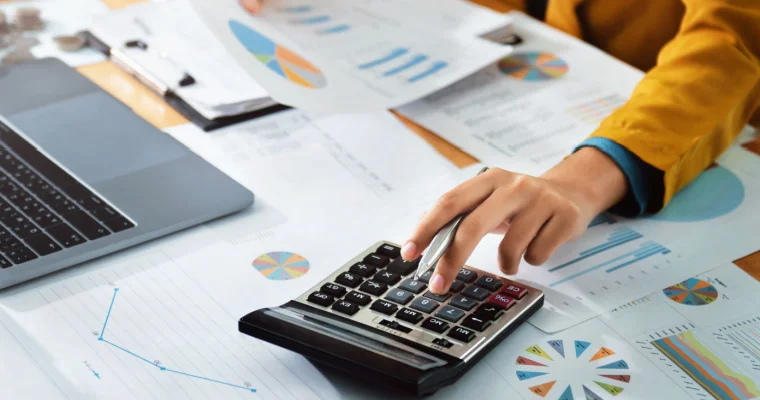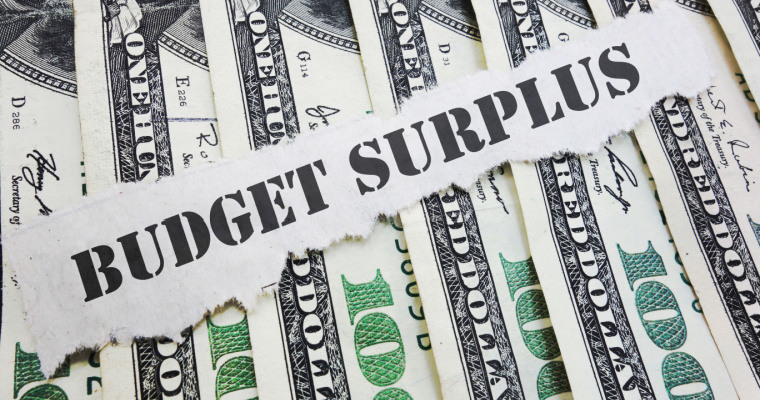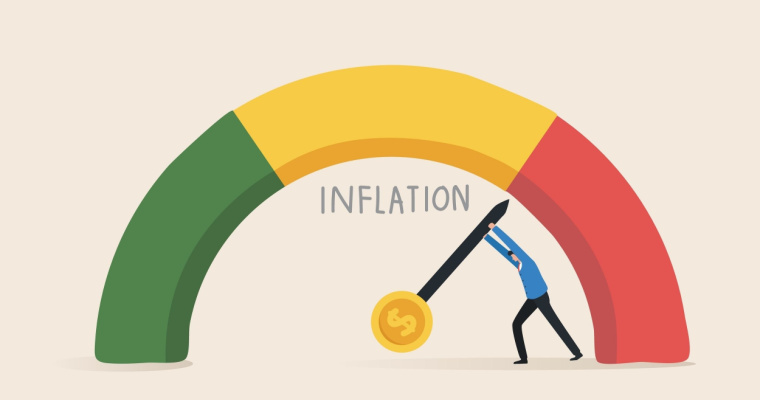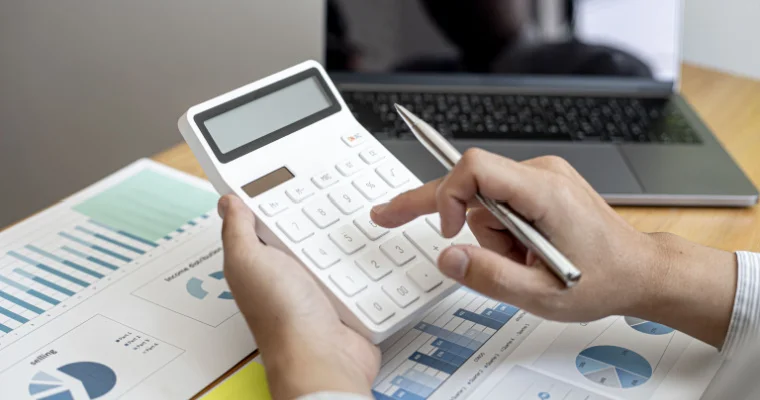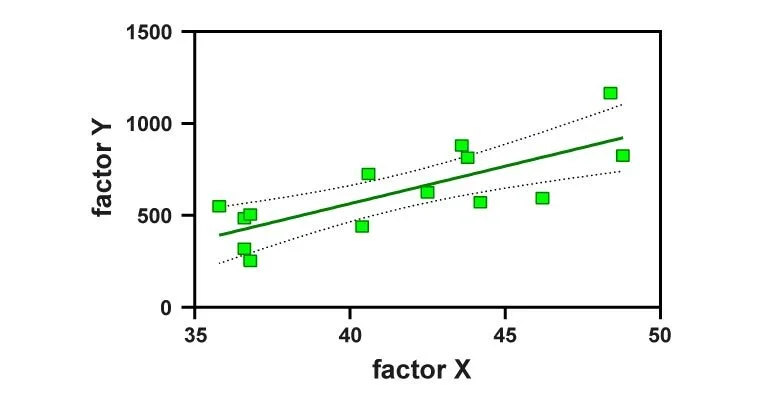What Is Trade Credit – Its Benefits And How Does Trade Credit Work?

Trade credit is a business agreement between a buyer (borrower) and the supplier. It facilitates the exchange of goods and services between two parties without immediate exchange of money, and the supplier accepts a deferred payment for goods and services delivered to the buyer. When a commodity or service seller allows the buyer to pay later, the seller has granted the buyer trade credit.
Trade credit allows the buyer to make payments after the transfer of goods and services, which helps businesses better manage their short-term cash flows.
Understanding Trade Credit
Trade credit’s popularity has skyrocketed in recent years. Businesses rely on the trade credit system because funding from other sources, such as banks and financial institutions, is costly and a hassle with unending paperwork and compliances. Even healthy businesses sometimes cannot qualify the stringent eligibility criteria to obtain business credit from banks and financial institutions.
Vendors or suppliers credit the product or service rendered to the buyer. The buyer is given a specific period before which they must pay the supplier the dues.
Suppliers typically offer the credit for a set number of days and can extend it for a longer period if both parties agree. When trade credits are involved, many suppliers use early payment discounts to encourage early payments.
Features of Trade Credit
Some of the features of trade credit that makes it an attractive option for business and buyers include:
- Trade credit is an internal agreement between buyer and seller.
- The credit period is usually for a specific number of days, as decided by both parties. The credit period is determined by several factors, including the size of the account, and the likelihood of the other party breaching their commitment.
- It helps improve a business’ cash flow while decreasing working capital requirements.
- No interest or late fee is charged if payment is made within the prescribed period.
- Trade Credit is typically treated as a short-term debt with no interest.
- Funding is contingent on the company’s establishment, financial history, repayment history, and the enterprise’s terms with the supplier.
Trade Credit Accounting
For accounting purposes, trade credit extended by one company to another is treated as an asset and appears in the Accounts Receivable section. Similarly, trade credit received by a company is treated as a liability and falls under the Accounts Payable section on the balance sheet.
On the balance sheet, trade credit can function similarly to a loan with 0% interest. When a supplier delivers goods to a buyer and accepts payment later, the supplier effectively finances the buyer’s purchase.
Trade Credit Trends
The terms and conditions under which trade credit is extended are critical in understanding its importance compared to bank credit and thus the extent to which it is used and supplied. With the emergence of small businesses and limited financial assistance, many fintech companies collaborate with sellers at the point of sale to offer 0% or low-interest financing on purchases.
Trade credit has also given sellers new financing options for accounts receivable financing, which provides businesses with capital based on their trade credit and accounts receivable balances. These collaborations help reduce trade credit risks for sellers while supporting buyer growth.
Also Read: Line Of Credit: Definition, How It Works, Types, Benefits And How To Apply
Benefits of Trade Credit
1. For buyers
- Trade credit can help businesses manage their short-term cash flow issues.
- There is no interest for payments made on time.
- Helps maintain long-term relationships with suppliers.
2. For sellers
- Offering trade credit is an excellent way for suppliers to build trust with new customers.
- When distributors allow customers to purchase supplies and materials on trade credit, they generate more revenue.
- Trade credit can assist in increasing sales. It can help in increasing revenue by expanding the business network.
Disadvantages of Trade Credit
1. For buyers
- Trade credit can be costly if enterprises do not settle your account on time, there may be significant penalties on late payments.
- Defaulting payments could jeopardize the relationship with the supplier.
2. For sellers
- There is always the possibility that some customers will not pay back what they owe.
- The supplier may face cash flow issues if several customers are late with their payments.
- The early payment discount results in a lower profit margin if the customer fails to pay on time.
Also Read: A Detailed Guide on Unsecured Business Loan: How To Apply, Benefits And Eligibility Criteria
Final Word
Trade credit is critical for businesses that have running purchases from their suppliers. Since a buyer has more time to complete their purchase by paying the vendor, trade credit improves their cash flow and working capital requirement. However, effective use of trade credit demands careful planning to avoid unnecessary costs such as the loss of cash discounts or the imposition of default penalties.
FAQs
Ans: The factors that influence the trade credit period are:
– The relationship between the buyer and seller
– The buyer’s creditworthiness
– The quantum of credit
Ans: Trade credit is a type of commercial financing that allows a company to purchase goods without having to pay for them immediately.
Ans: It is like an interest-free loan that allows a buyer to obtain goods with pay later option at no additional cost.
Ans: If you use trade credit to finance an order, it is best to have enough cash on hand. If your business slows down due to unforeseeable circumstances, you will still be able to settle your debts.
Ans: Trade credit allows cash-strapped small businesses to obtain the goods they require without collateral or taking loans at exorbitant interest rates.
Before you go…
- Looking for instant personal loans 24*7 anywhere, anytime – Install the Navi app now!
- Or, maybe you’re looking to buy that house you’ve been eyeing ? and
you need a loan of up to Rs.10 crore. Install the Navi app now and get instant in-principle approval right away! Interest rates starting at 6.95% p.a. - How about an affordable health insurance policy starting at a monthly premium of just Rs. 241. Install the Navi app now and get your policy in under 2 minutes.
- Instead, want to put your savings into action and kick-start your investment journey ? But don’t have time to do research. Invest now with Navi Nifty 50 Index Fund, sit back, and earn from the top 50 companies.
Mutual Fund investments are subject to market risks, read all scheme-related documents carefully.
This article has been prepared on the basis of internal data, publicly available information and other sources believed to be reliable. The information contained in this article is for general purposes only and not a complete disclosure of every material fact. It should not be construed as investment advice to any party. The article does not warrant the completeness or accuracy of the information, and disclaims all liabilities, losses and damages arising out of the use of this information. Readers shall be fully liable/responsible for any decision taken on the basis of this article.

Customer’s Feedback
No comments found.What is Primary Deficit? – Example, Formula & Measures
What is a Primary Deficit? Primary Deficit is the difference between the current year’s fiscal... Read More »What is Financial Ratio Analysis? – Objectives, Types and Uses
Ratio analysis is a process that allows people to assess the financial health of a company. Using t... Read More »Treasury Management – Its Functions, Types and Benefits
Even the most well-funded business can run into huge losses if it does not have the resources to fu... Read More »How Anti Money Laundering Combats Financial Crime?
Anti Money Laundering (AML) is a system of rules, laws, regulations, and procedures that financial ... Read More »What is Salvage Value and Why is it Useful?
Salvage value, also called scrap value, is the value of a specific asset after its useful life. In ... Read More »Key Difference Between Factoring and Forfaiting in Trade Finance
Factoring and forfaiting have grown in prominence as major sources of export financing. For the uni... Read More »What is Factoring and its Importance in Financial Management?
Factoring is a practice in which a company buys the accounts receivable of another company at a dis... Read More »What is Budget Surplus: Its Effects, Advantages and Impact with Examples
When the revenue of a government, business, or individual exceeds its expenses in a given period, i... Read More »What is Balanced Budget – Components, Importance and Examples
In financial planning or the budgeting process, a balanced budget is one in which total anticipated... Read More »What Does Inflationary Gap Mean in Macroeconomics?
In macroeconomics, the difference between current and potential GDP is known as a gap. This gap is ... Read More »What is Accounting Conservatism in Finance and How Does it Work?
Accounting conservatism involves a conservative set of accounting guidelines wherein the worst-case... Read More »Multiple Linear Regression (MLP) – Uses, Formula and Examples
Various statistical models help in establishing a relationship between different variables. Multipl... Read More »Top 10 Chit Fund Schemes in India in 2023
Chit funds are one of the most popular return-generating saving schemes in India. It is a financial... Read More »10 Best Gold ETFs in India to Invest in April 2023
Gold ETFs or Gold Exchange Traded Funds are passively managed funds that track the price of physica... Read More »10 Best Demat Accounts in India for Beginners in 2023
Creation of Demat accounts revolutionised the way trades were conducted at the stock exchanges. It... Read More »20 Best Index Funds to Invest in India in April 2023
What is an Index Fund? An index fund is a type of mutual fund or exchange-traded fund (ETF) that... Read More »Best Arbitrage Mutual Funds to Invest in India in April 2023
Arbitrage funds are hybrid mutual fund schemes that aim to make low-risk profits by buying and sell... Read More »10 Best SIP Plans in India to Invest in April 2023
What is SIP? SIP or Systematic Investment Plan is a method of investing a fixed amount in ... Read More »10 Best Corporate Bond Funds in India to Invest in April 2023
Corporate bond funds are debt funds that invest at least 80% of the investment corpus in companies ... Read More »10 Best Bank for Savings Account in India [Highest Interest Rate 2023]
Savings account is a type of financial instrument offered by several banks. It lets you safely depo... Read More »
